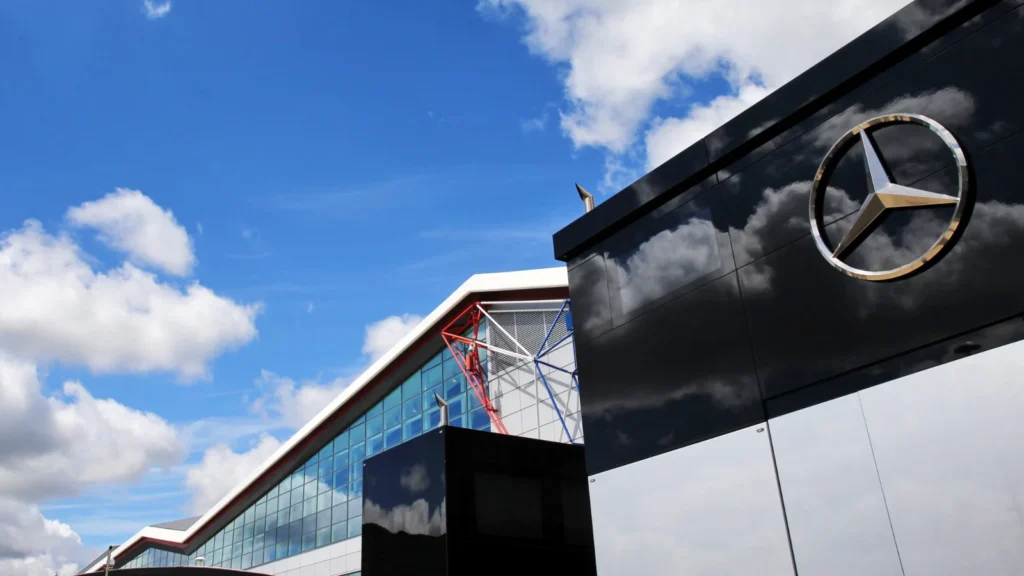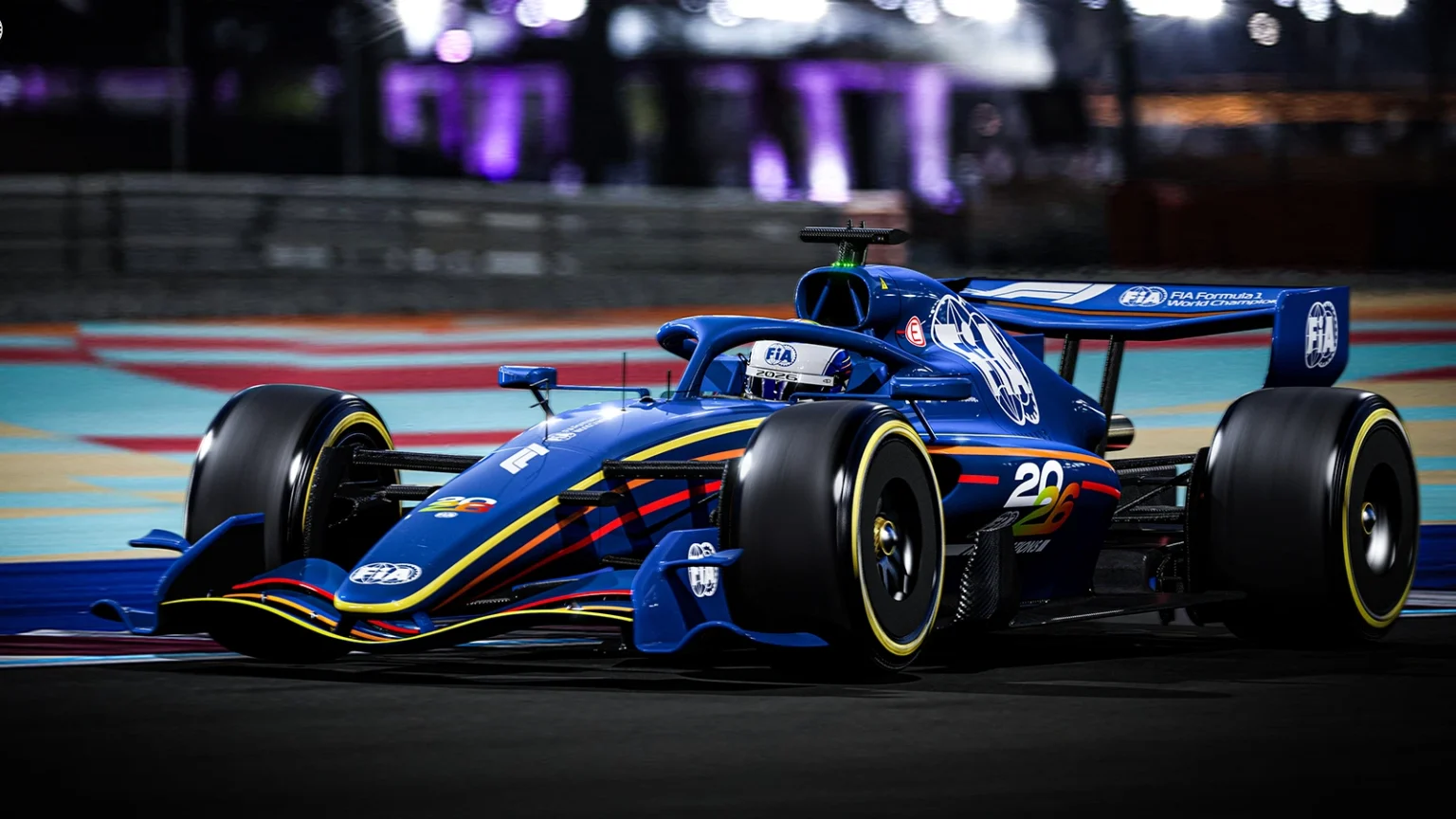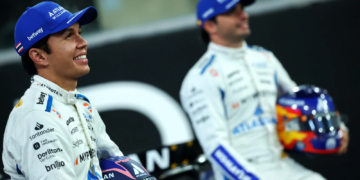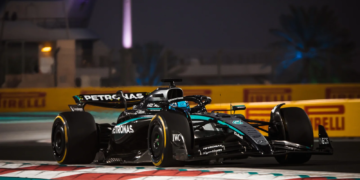Formula 1 is, quite literally, gearing up for its new regulations for next year, and they are proving to be a challenge for its Original Engine Manufacturers.
Whilst F1 will continue to use V6 hybrid engines in its new era, the change comes from the more equal split in usage of its traditional combustion components and electric motor.
Regardless of whether it is a returning OEM like Honda, a brand-new one like Audi, or existing ones like Mercedes, the challenge of providing its teams with something to compete with is real.
In an interview with Auto Motor und Sport, the German marque’s High Performance Powertrains chief Hywel Thomas explains how the changes alter the complexity of how power can be harvested.
“At the beginning of the long straights, the entire system power must be available,” he said. “In the other parts of a round you have to recuperate as much as possible.
“This should normally run via braking. However, if you compare the length of the braking phases with the full throttle sections, then unfortunately that is not enough.”
Power conservation is one of the aspects of the 2026 car that left Charles Leclerc feeling underwhelmed when testing the car in Ferrari’s simulator.
Thomas reveals how the electrical energy is gained from the fuel in the car.
“The engine switches to full load mode when braking and cornering to produce additional energy, which we feed directly into the battery,” he said.
“The engine thus takes over the task of a generator in parts of a round.”

Minor sound changes come about via higher revving in corners
A number of F1 fans have not been keen on the sounds produced by the cars since the 2014 introduction of the hybrids.
Many might have hoped for a difference with the arrival of the new regulations, but Thomas says that, despite the cars revving higher in corners, there will be little difference.
“The sound will only change a little,” he said. “This is not necessarily due to the expansion of the MGU-H, but rather to the changes to the turbo.
“The counter pressure is reduced because the turbo does not have to drive the electric motor.
“This results in a little more sound. On the other hand, only three-quarters of the amount of fuel that comes into the engine is available.
“On the test bench, we found a similar volume level as before.”
READ MORE – F1 poised to alter sporting rules to curb Red Bull A/B team collusion










Discussion about this post